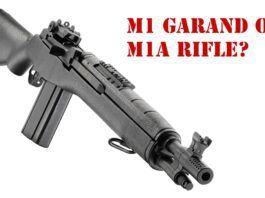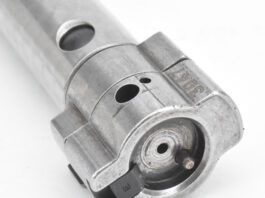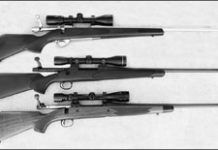Lever-action rimfires can be a lot of fun for kids or adults, whether its p-yowinga can along the ground (with a safe backstop), punching holes in paper, or knocking a rabbit down at 100 yards. We recently tested a trio of entertaining lever-action rimfires to find out which one shot the best, operated most smoothly, and was easiest to carry. Our products were Brownings BL-22 Grade II No. 024101103, which we found at Fountain Firearms (www.fountainfirearms.com) for $695, a significant premium above the guns stated MSRP of $567; Marlins Original Golden 39A, a robust 7-pounder that sells for $593 MSRP, but which had counter price of $395 at Fountain, and the Henry Golden Boy, whose counter price was $385 with an MSRP of $480.We tested the Henry gun in December 2006, when it was nudged aside by a Grade I BL-22 on the strength of the latters better accuracy. Reader follow-up mail asked us to look at the Marlin Original Golden to see how it fared against the Henry (we last tested that gun in 2002, when it earned a Dont Buy). To complete the trio, we upgraded to the Grade II BL-22 to see if extra dollars offered enough in function and cosmetics to justify a sizable price jump. So we assembled a fresh test team, new ammo, and a critical eye to find out.Overall, our test guns delivered good accuracy at short ranges, and they delivered better firepower than bolt guns. Moreover, since they are manually operated, they can feed and eject more reliably than many semiautos. Even so, one of the guns had some ejection problems, as we relate below.All range accuracy data was collected at 25 yards using sandbags set on a concrete bench. We shot five five-round groups to calculate the accuracy data, and we fired 10-shot strings to compile chronograph data on a PACT Professional Chronograph XP. To assess their accuracy, we shot the guns with Federal Champion 40-gr. No. 510 lead roundnose solids, Remington Thunderbolt 40-gr. No. TB-22A lead roundnose solids, and Federal Value Pack HP 36-gr. No. 750 copper-plated hollowpoints.All three guns will fire .22 Short, Long, and Long Rifle ammo. However, the shooter should use discretion when firing .22 Shorts in these guns. A continuous diet of this ammunition will cause carbon build-up at the end of the Short case, and in worse-case situations they will cause a ring to form in the chamber. This ring will cause extraction problems when Long Rifle ammunition is later [IMGCAP(2)]fired.But there are other issues that separate the guns, and because its the new kid on the block, we cover the Marlin in detail first:


































